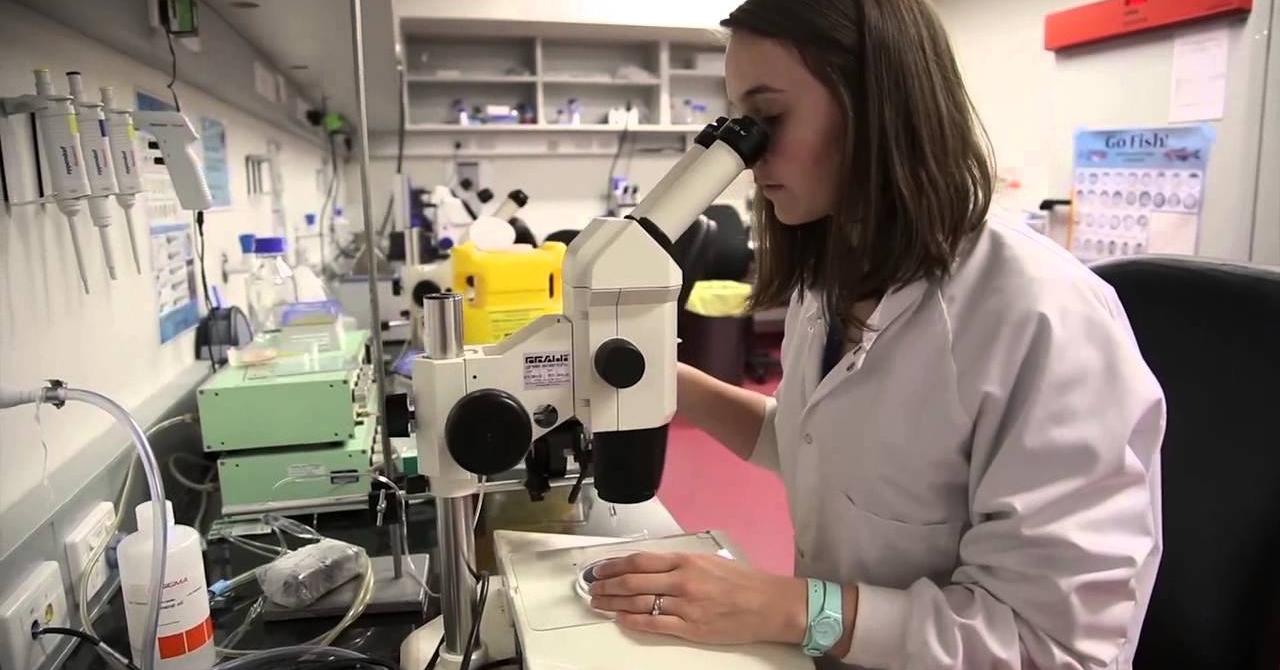Are you curious to know what is the complementary strand of DNA? You have come to the right place as I am going to tell you everything about the complementary strand of DNA in a very simple explanation. Without further discussion let’s begin to know what is the complementary strand of DNA?
In the intricate world of molecular biology, the complementary strand of DNA plays a crucial role in understanding the genetic code. This article delves into the intricacies of DNA structure, highlighting the significance of the complementary strand and providing insights into its sequence and function.
What Is The Complementary Strand Of DNA?
The complementary strand of DNA refers to the sequence of nucleotides that can base-pair with the original DNA strand through hydrogen bonding. This pairing ensures the accurate replication of genetic information during processes such as DNA replication and transcription.
What Is The Sequence Of The Complementary DNA Strand? Unraveling The Code:
The sequence of the complementary DNA strand is determined by the rules of base pairing. Adenine (A) pairs with Thymine (T), and Guanine (G) pairs with Cytosine (C). Understanding this sequence is fundamental to deciphering the genetic information encoded in DNA.
What Is A Complementary Strand Of DNA Example? Real-Life Illustrations:
Consider the following DNA strand: 5’—AGGTCCG—3′. The complementary strand would be 3’—TCCAGGC—5′. This example showcases the base-pairing rules, where A pairs with T, G pairs with C, and vice versa.
How To Find The Complementary Strand Of DNA? Applying Base-Pairing Rules:
To find the complementary strand of DNA, simply replace each nucleotide with its complementary base according to the base-pairing rules. A becomes T, T becomes A, G becomes C, and C becomes G. This process ensures accurate replication of genetic information.
Complementary DNA Strand 5′ 3′: Direction Matters:
The complementary DNA strand is always synthesized in the 5′ to 3′ direction, mirroring the direction of the original DNA strand. This synthesis occurs during processes like DNA replication, where enzymes work in a specific direction to ensure precision.
Write The Complementary Sequence To The Following DNA: Applying Knowledge:
Given a DNA sequence, writing its complementary sequence involves replacing each nucleotide with its complementary base. For instance, if the DNA sequence is 5’—ATCGAT—3′, the complementary sequence would be 3’—TAGCTA—5′.
Visit Ofstype to Get to know about more concepts like this.
Complementary DNA Strand Calculator: Simplifying The Process:
For those seeking a convenient way to determine the complementary DNA strand, online complementary DNA strand calculators are available. These tools apply the base-pairing rules, providing quick and accurate results for any given DNA sequence.
What Is The Complementary Strand Of DNA And DNA? Connecting The Strands:
The term “complementary strand of DNA and DNA” refers to the fact that DNA consists of two complementary strands held together by hydrogen bonds. Each strand serves as a template for the synthesis of its complementary counterpart, ensuring faithful transmission of genetic information.
Conclusion:
In the realm of molecular biology, the complementary strand of DNA is a cornerstone for understanding genetic information. Through precise base pairing and adherence to the rules of DNA replication, this complementary strand ensures the accurate transmission of genetic instructions. Whether deciphering a sequence manually or utilizing complementary DNA strand calculators, grasping the concept of complementary DNA strands is fundamental to unlocking the mysteries encoded in the DNA double helix.
FAQ
What Is The Complementarity Of DNA?
Complementarity of DNA strands in a double helix make it possible to use one strand as a template to construct the other. This principle plays an important role in DNA replication, setting the foundation of heredity by explaining how genetic information can be passed down to the next generation.
What Is The Complementary Strand Of The Lagging Strand?
The lagging strand is synthesized discontinuously by DNA polymerase in sections called Okazaki fragments. These fragments are later connected together by DNA ligase to form a complete complementary strand.
What Is The Complementary DNA Strand Of Atg?
If a DNA strand has the sequence 5′-ATG-3′, the complementary messenger RNA (mRNA) sequence made using this DNA template would have the sequence 3′-UAC-5′. However, nucleotide sequences are more commonly written 5′ to 3′, so the mRNA sequence would be 5′-CAU-3′.
What Is The Complementary Mrna Strand?
mRNA is formed as a complementary strand to one of the two strands of the DNA. Three of the four nitrogenous bases that make up RNA — adenine (A), cytosine (C), and guanine (G) — are also found in DNA. In RNA, however, a base called uracil (U) replaces thymine (T) as the complementary nucleotide to adenine.
I Have Covered All The Following Queries And Topics In The Above Article
What Is The Sequence Of The Complementary DNA Strand
What Is A Complementary Strand Of DNA Example
What Is The Complementary Strand Of DNA Sequence
What Is The Complementary Strand Of DNA And DNA
What Is The Complementary Strand Of DNA For 5’—Aggtccg—3′
How To Find The Complementary Strand Of DNA
Complementary DNA Strand Calculator
Complementary DNA Strand 5′ 3′
Write The Complementary Sequence To Following DNA
What Is The Complementary Strand Of DNA
